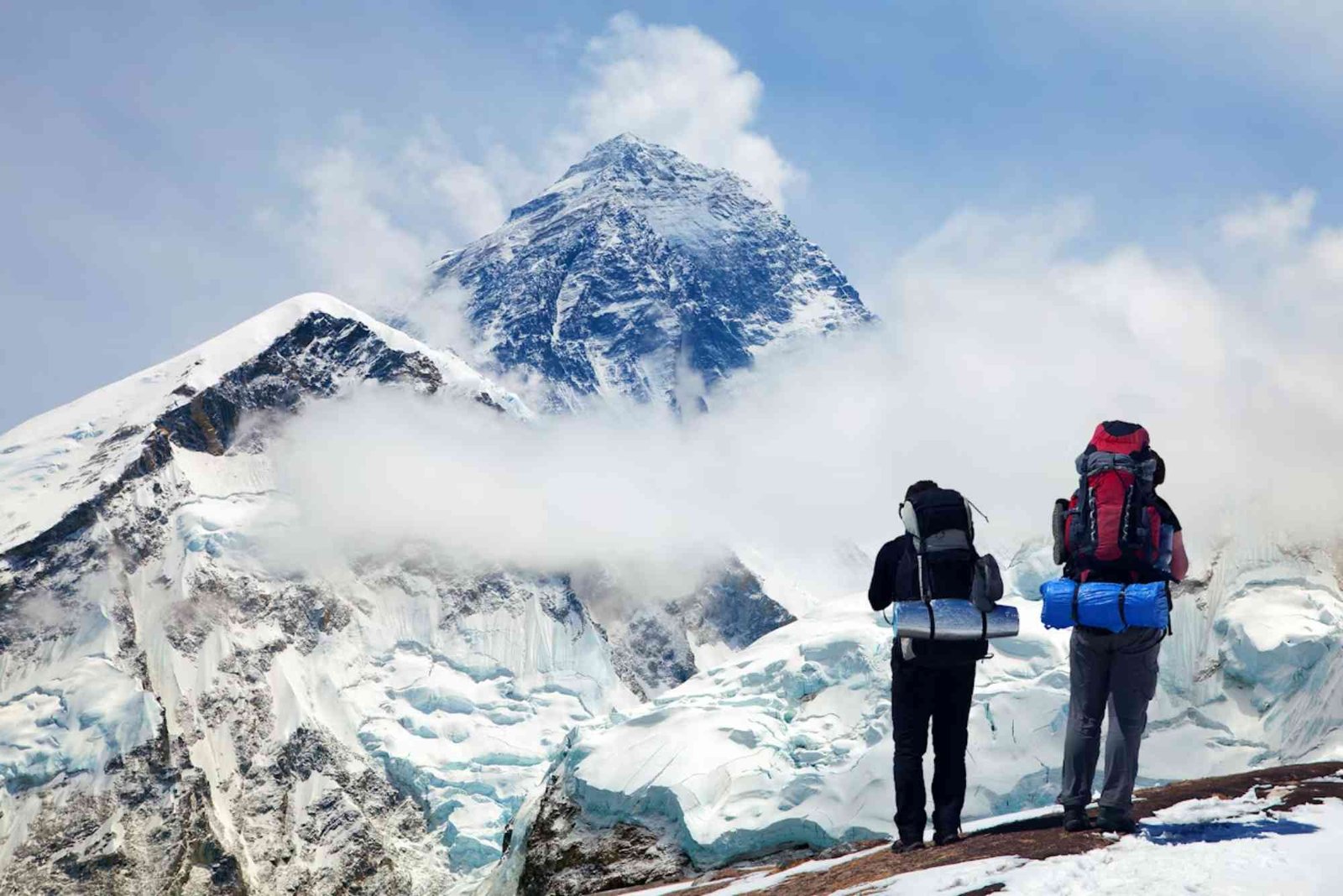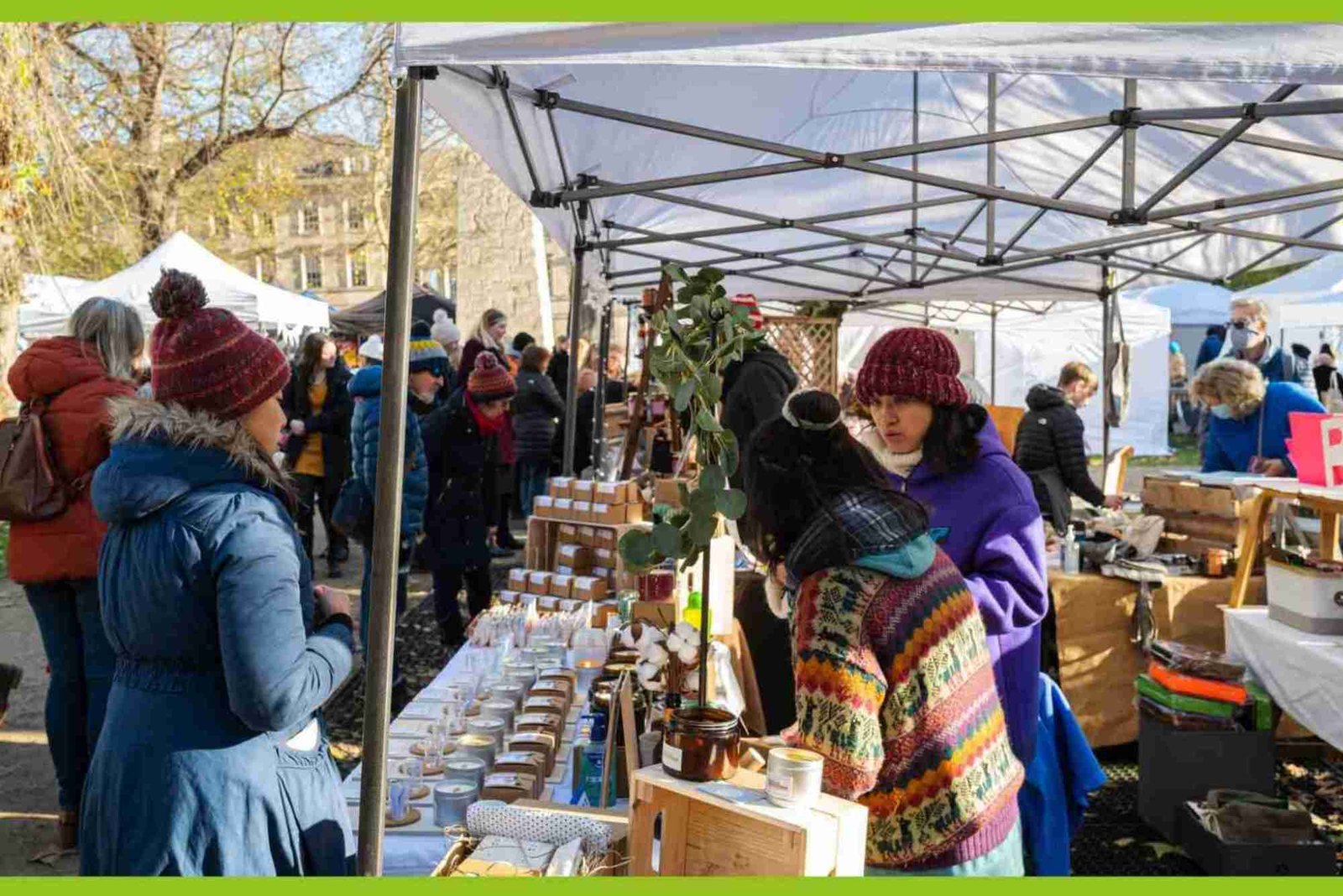Introduction
Nepal, the jewel of the Himalayas, is a paradise for trekking enthusiasts. From towering peaks to serene valleys, the country offers trails for every level of hiker. Whether you are a beginner or a seasoned trekker, understanding the terrain, preparation, and safety measures is essential. This guide covers everything you need to know to plan a safe and memorable hiking adventure in Nepal.
Understanding Nepal’s Hiking Landscape
Nepal is home to some of the highest mountains in the world, including Mount Everest. Its trekking routes vary in difficulty, altitude, and scenery, allowing hikers to choose trails according to their experience and fitness level. Popular regions include the Everest Base Camp, Annapurna Circuit, Langtang Valley, and the less-explored Mustang region. Each trail presents a unique mix of natural beauty, cultural experiences, and physical challenges.
Everest Region Trails
The Everest region is the most famous trekking destination in Nepal. Trekkers often aim for Everest Base Camp, which provides close-up views of the world’s highest peak. The journey passes through Sherpa villages, Buddhist monasteries, and rugged landscapes. Hikers must acclimatize carefully due to the high altitude, and weather conditions can be unpredictable.
Annapurna Circuit
The Annapurna Circuit is ideal for those seeking a longer trekking experience. Spanning diverse landscapes, the trail passes through lush subtropical forests, high mountain deserts, and traditional Nepali villages. The route offers breathtaking panoramas of Annapurna, Dhaulagiri, and Machapuchare, with each day providing new scenery. Preparation and physical fitness are key for this multi-day trek.
Langtang Valley
Langtang Valley is perfect for moderate-level hikers looking for natural beauty and cultural immersion. The trek includes dense forests, snow-capped peaks, and the opportunity to explore Tamang villages. Since the region was affected by the 2015 earthquake, some areas are still rebuilding, adding a sense of adventure and discovery for trekkers.
Mustang and Off-the-Beaten-Path Trails
Mustang, known as the “Forbidden Kingdom,” offers a more remote trekking experience. The desert-like landscape, caves, and ancient monasteries attract adventurous trekkers. Less crowded than Everest or Annapurna, Mustang requires careful planning and permits, making it suitable for experienced hikers seeking solitude and cultural exploration.
Planning Your Trek in Nepal
Proper planning is crucial for a successful hiking experience in Nepal. From permits to equipment, every detail matters.
When to Go
The best trekking seasons are pre-monsoon (March to May) and post-monsoon (September to November). These months offer clear skies, moderate temperatures, and excellent visibility of the mountains. Avoid the monsoon season (June to August), as heavy rainfall can cause landslides and trail closures. Winter treks (December to February) are possible at lower elevations but require warm gear for colder temperatures.
Permits and Regulations
Most popular trails require trekking permits. The Everest region needs the Sagarmatha National Park Permit and a TIMS (Trekkers’ Information Management System) card. Annapurna Circuit treks require the Annapurna Conservation Area Permit (ACAP) and TIMS. Mustang and other restricted areas require special permits, which can be obtained through local trekking agencies or government offices. It is essential to carry these documents at all times during the trek.
Fitness and Preparation
Trekking in Nepal can be physically demanding, especially at high altitudes. Hikers should prepare with cardiovascular exercises, strength training, and long hikes before arrival. Gradual acclimatization is essential to avoid altitude sickness. Spending the first few days at moderate elevations allows the body to adapt. Staying hydrated and pacing oneself are critical throughout the trek.
Gear and Essentials
Packing the right gear is crucial. Hikers need sturdy boots, layered clothing, a quality backpack, sleeping bags, trekking poles, and waterproof jackets. Additional essentials include first-aid kits, sunscreen, sunglasses, and reusable water bottles. Renting some equipment locally can reduce the burden, but personal comfort items should be brought from home.
Safety Tips for Nepal Treks
Safety is a major concern while hiking in the Himalayas. Understanding potential risks and preventive measures ensures a safer trek.
Altitude Awareness
Altitude sickness can affect anyone, regardless of fitness level. Symptoms include headache, nausea, dizziness, and fatigue. Ascending slowly, drinking plenty of water, and avoiding alcohol are key preventive strategies. In severe cases, descending immediately and seeking medical attention is crucial.
Weather Precautions
Mountain weather is unpredictable. Hikers should be prepared for sudden rain, snow, or temperature drops. Checking daily weather forecasts, wearing layers, and carrying waterproof gear helps mitigate risks.
Trail Navigation
While trails are generally well-marked, some remote areas may be confusing. Hiring local guides or joining organized trekking groups can prevent getting lost. Maps, GPS devices, and mobile apps with offline trail data are also helpful for independent hikers.
Wildlife and Environmental Awareness
Nepal’s trails are home to diverse wildlife. Staying cautious around animals and avoiding feeding them ensures safety. It is equally important to follow the “Leave No Trace” principles, disposing of waste responsibly, and respecting local cultures and traditions.
Cultural Experiences on the Trails
Hiking in Nepal is not just about mountains; it is also about connecting with the local culture. Trekkers often pass through villages, interact with locals, and witness traditional ceremonies. Staying in teahouses allows hikers to experience Nepali hospitality, cuisine, and customs. Engaging respectfully with communities enhances the trekking experience and supports local livelihoods.
Food and Accommodation
Nepal’s trekking routes are dotted with teahouses offering basic accommodation and meals. Popular dishes include dal bhat (lentil soup with rice), momos (dumplings), and vegetable curries. While most teahouses provide clean water, using purification tablets or filters is recommended. Accommodation standards vary, so carrying a sleeping bag and being flexible with amenities is advisable.
Mental and Emotional Preparation
Trekking in Nepal can be as mentally challenging as it is physical. Long days, altitude, and changing weather can test patience and resilience. Staying positive, setting realistic daily goals, and enjoying the journey rather than rushing to the destination enhances the overall experience.
Emergency Contacts and Healthcare
Knowing emergency contacts is vital. Kathmandu and Pokhara have hospitals and medical centers, while high-altitude areas have smaller clinics. Travel insurance covering trekking activities is highly recommended. For severe cases, helicopter evacuation may be necessary, though costly. Familiarity with local emergency numbers ensures prompt response in critical situations.
Embark on Your Nepal Hiking Adventure
Nepal offers an unmatched trekking experience with trails ranging from serene valleys to towering peaks. By understanding the terrain, planning meticulously, and following safety measures, hikers can enjoy a safe, rewarding adventure. Whether it is the iconic Everest Base Camp or the hidden trails of Mustang, every journey in Nepal promises breathtaking views, cultural immersion, and personal growth. Start planning your trek today and experience the magic of the Himalayas.
FAQ
What is the best time to hike in Nepal?
The best seasons are pre-monsoon (March–May) and post-monsoon (September–November) for clear skies and moderate weather.
Do I need a guide for trekking in Nepal?
While experienced trekkers can hike independently on popular routes, hiring a guide is recommended for safety and local insights.
What permits are required for Nepal treks?
Most trails need TIMS cards and national park permits. Everest requires Sagarmatha National Park Permit, Annapurna needs ACAP, and restricted areas like Mustang need special permits.
How can I prevent altitude sickness?
Ascend gradually, stay hydrated, avoid alcohol, and allow time for acclimatization. Severe symptoms require immediate descent and medical attention.
What gear is essential for trekking in Nepal?
Sturdy boots, layered clothing, trekking poles, sleeping bags, waterproof jackets, first-aid kits, and reusable water bottles are essential.
Is it safe to trek alone in Nepal?
Popular trails are generally safe, but solo trekkers should have maps, emergency contacts, and preferably hire guides in remote areas.




